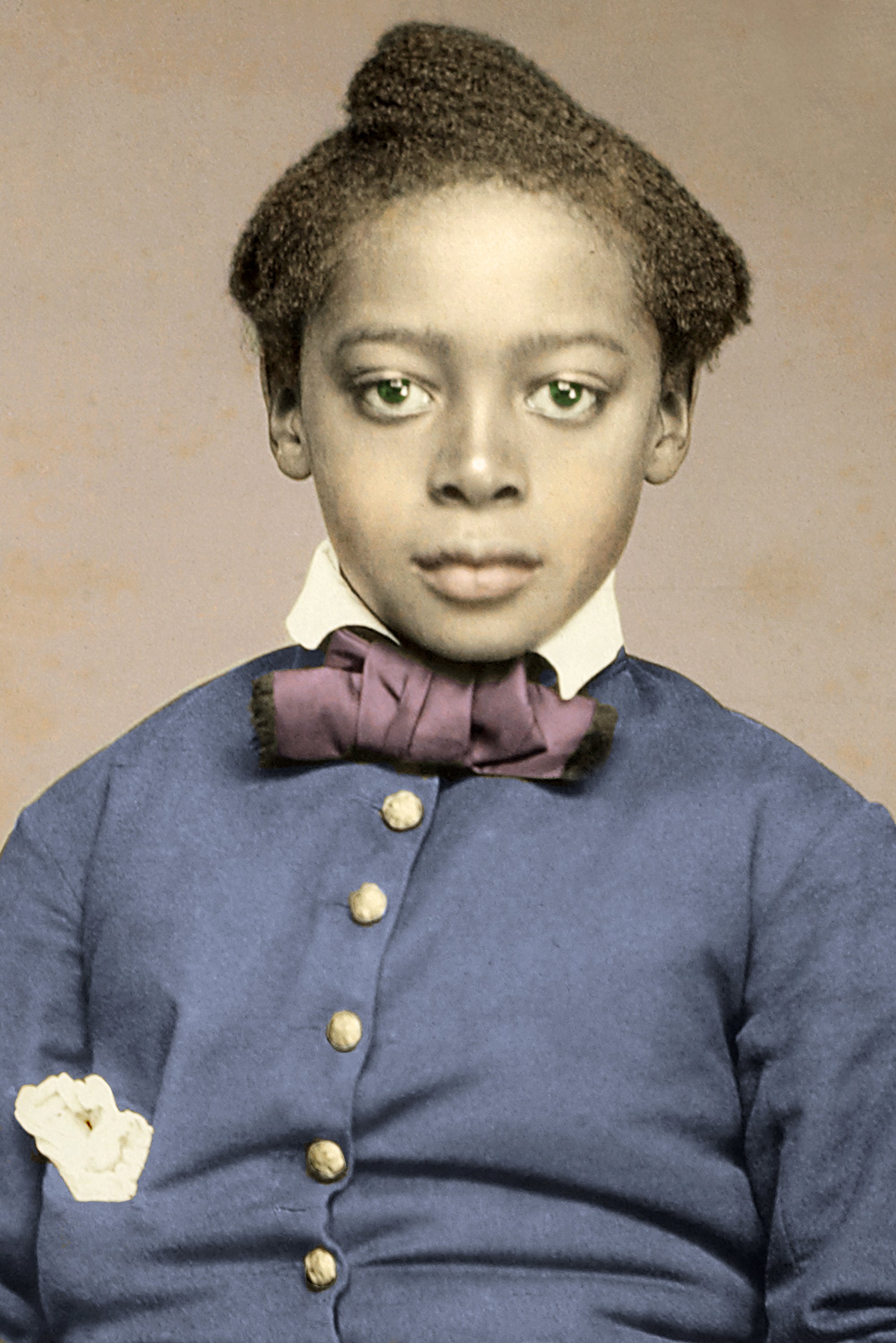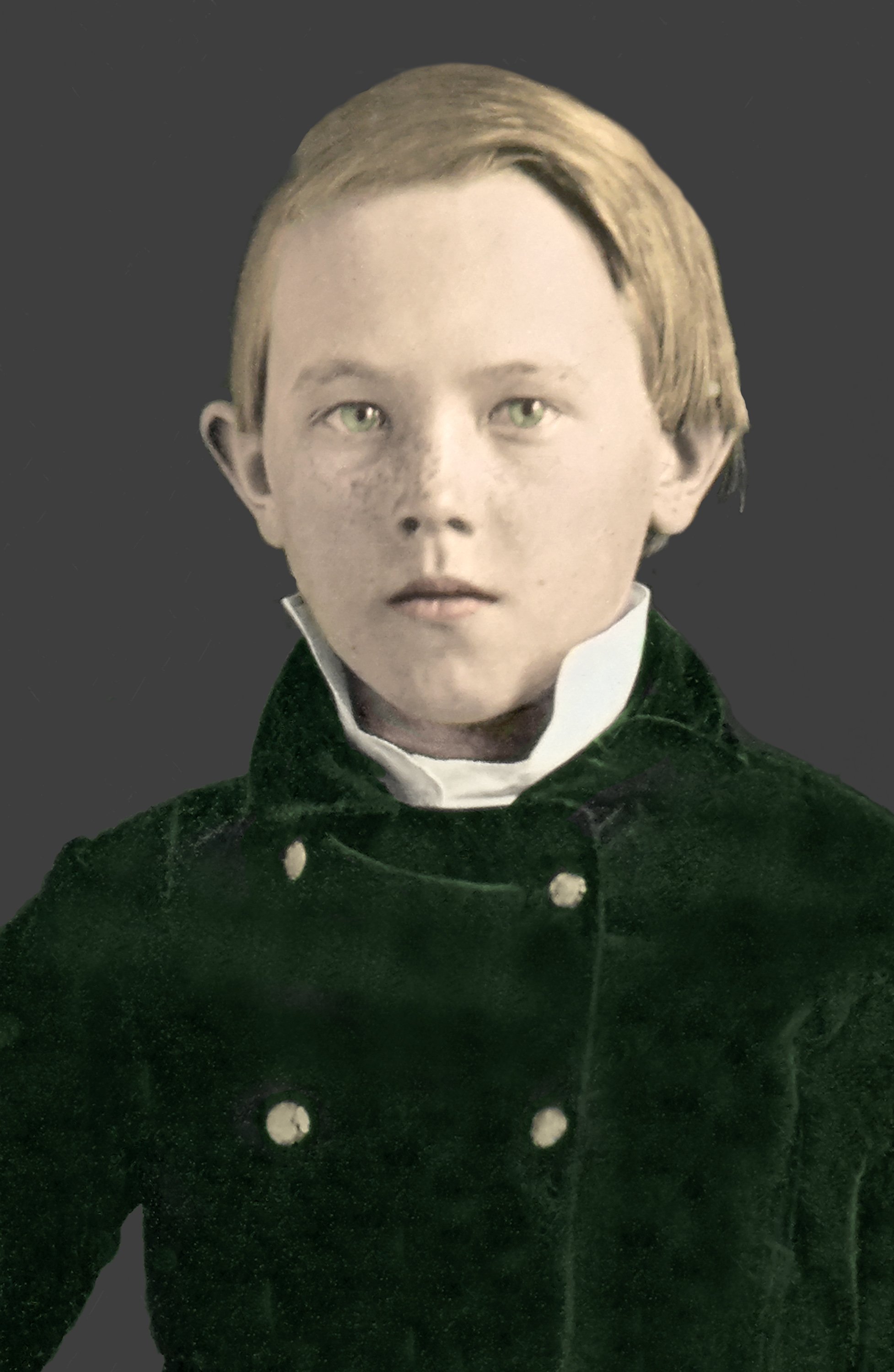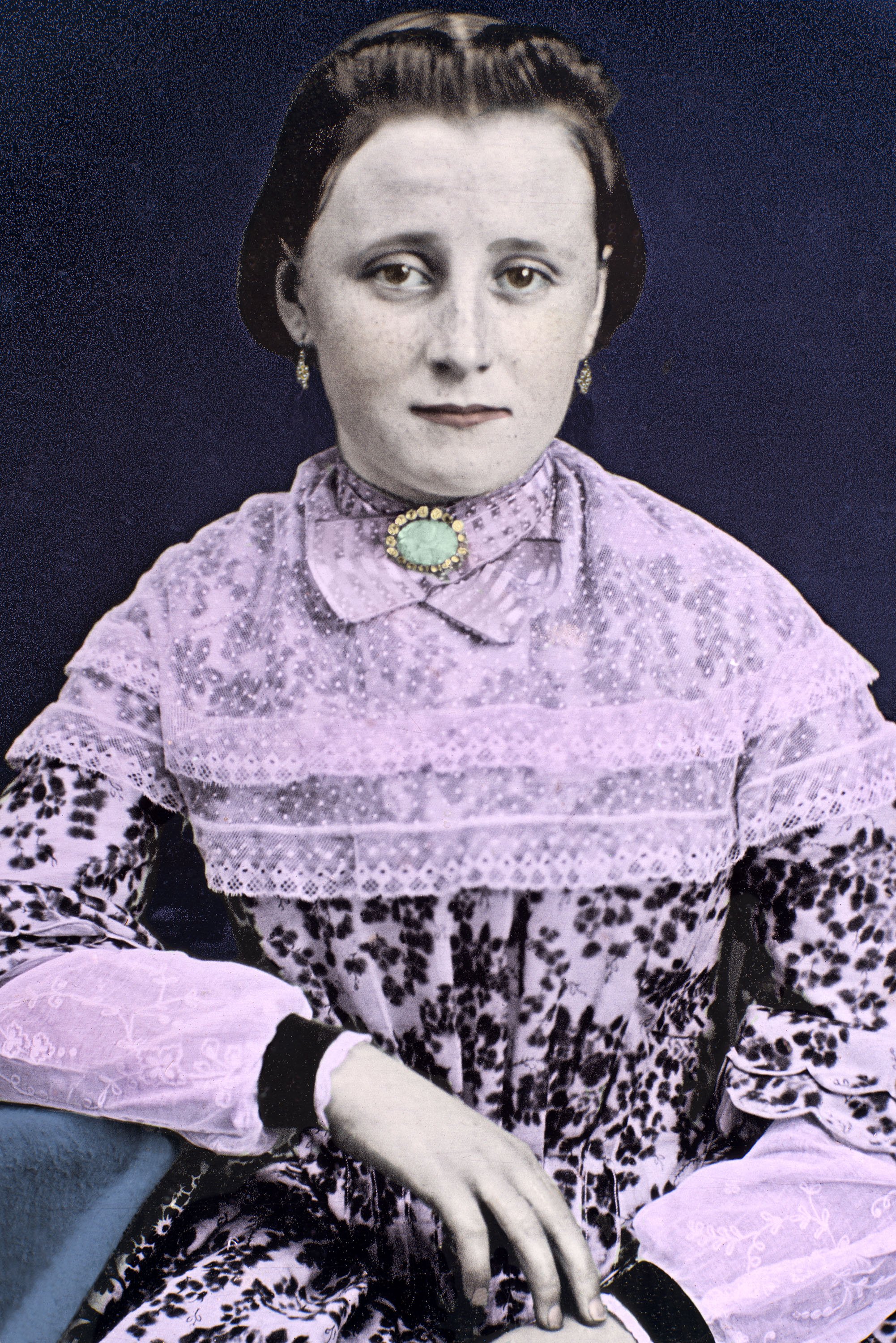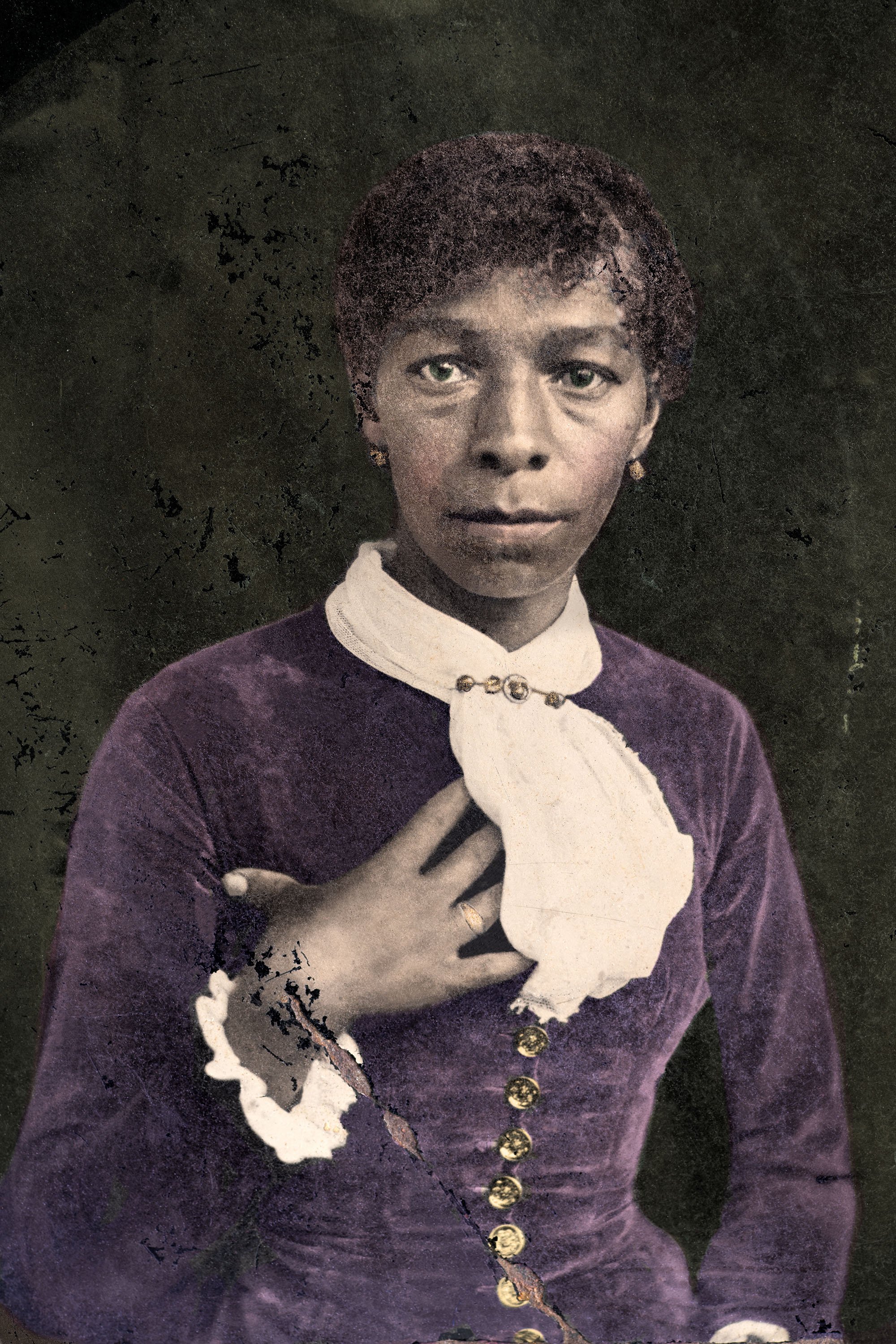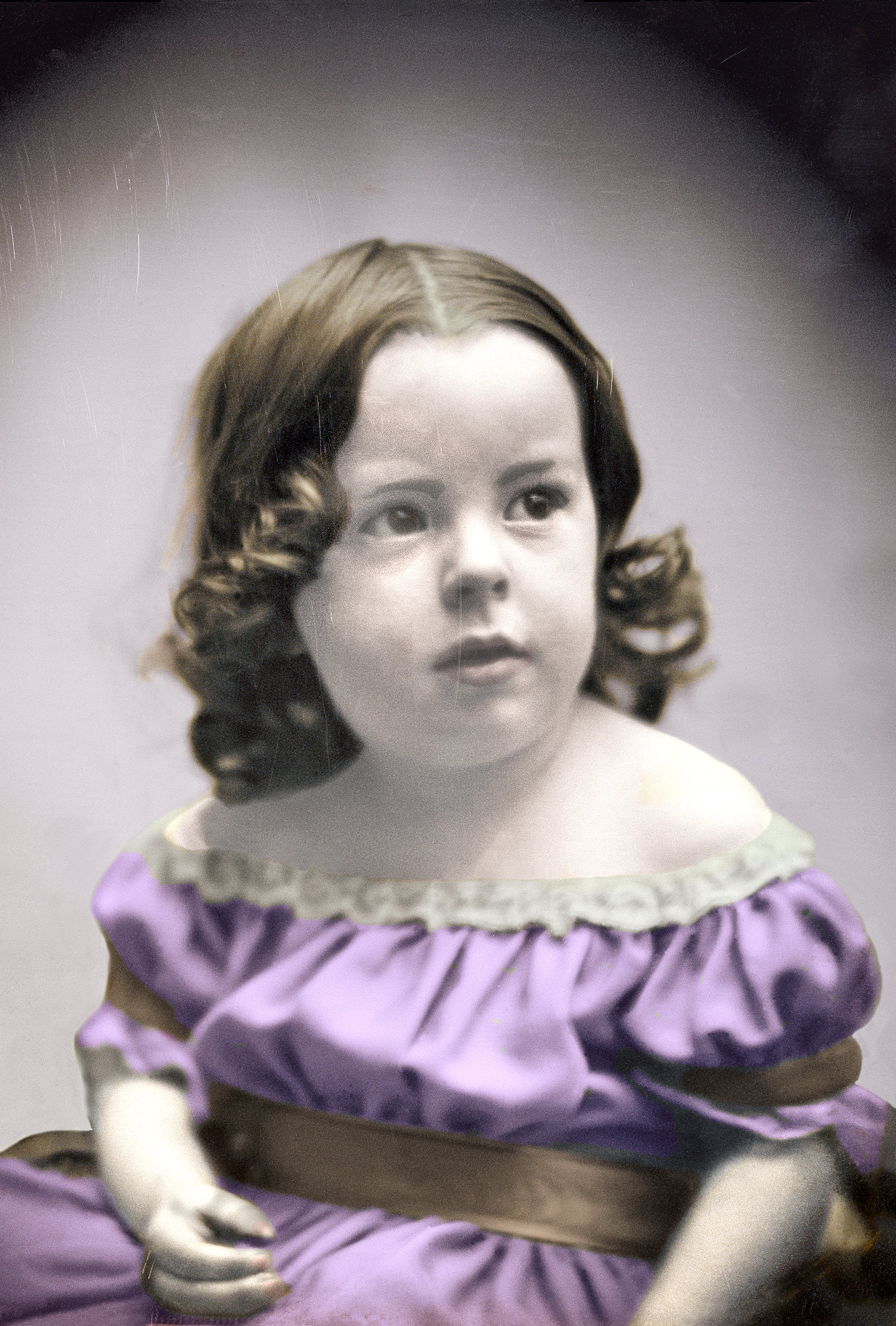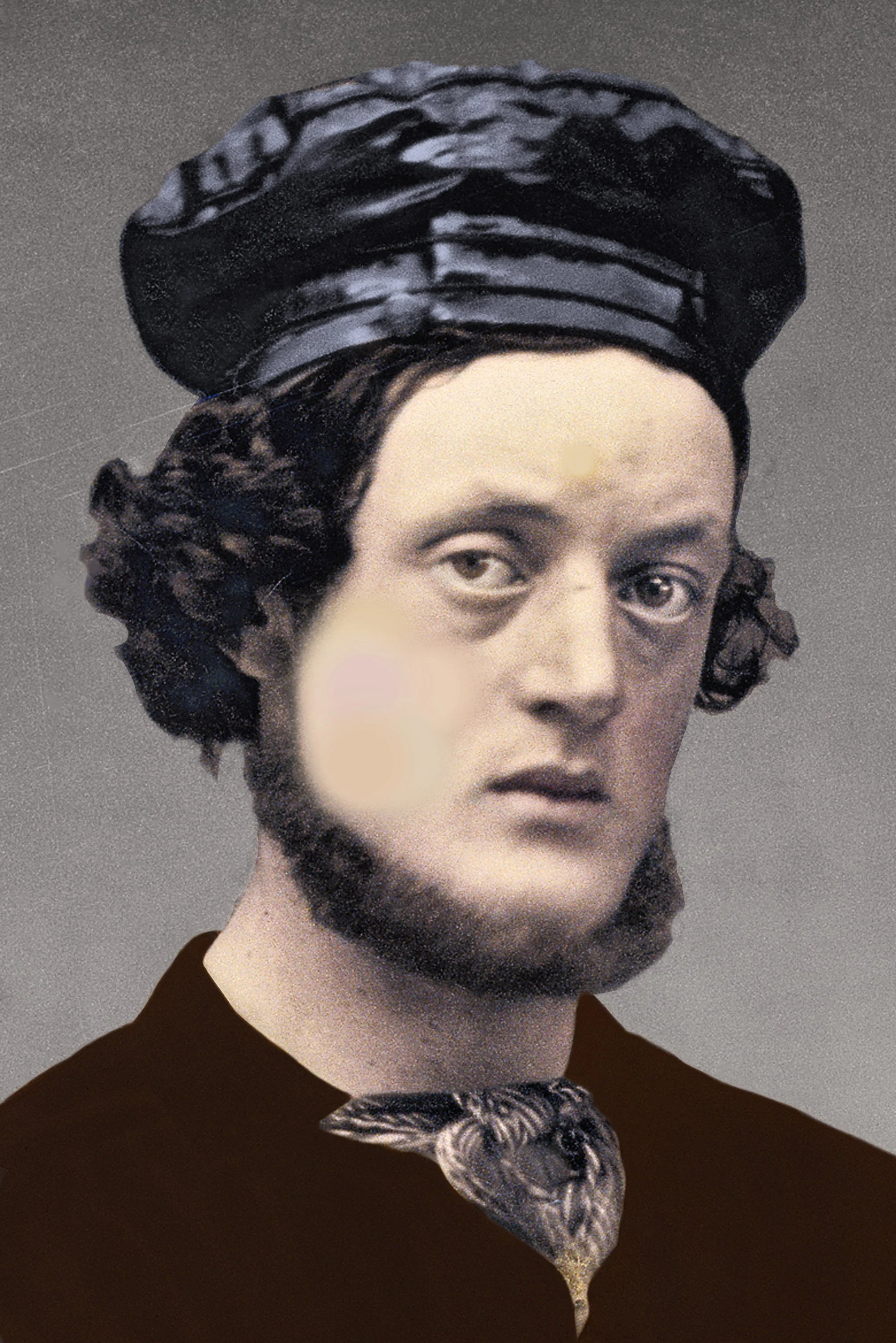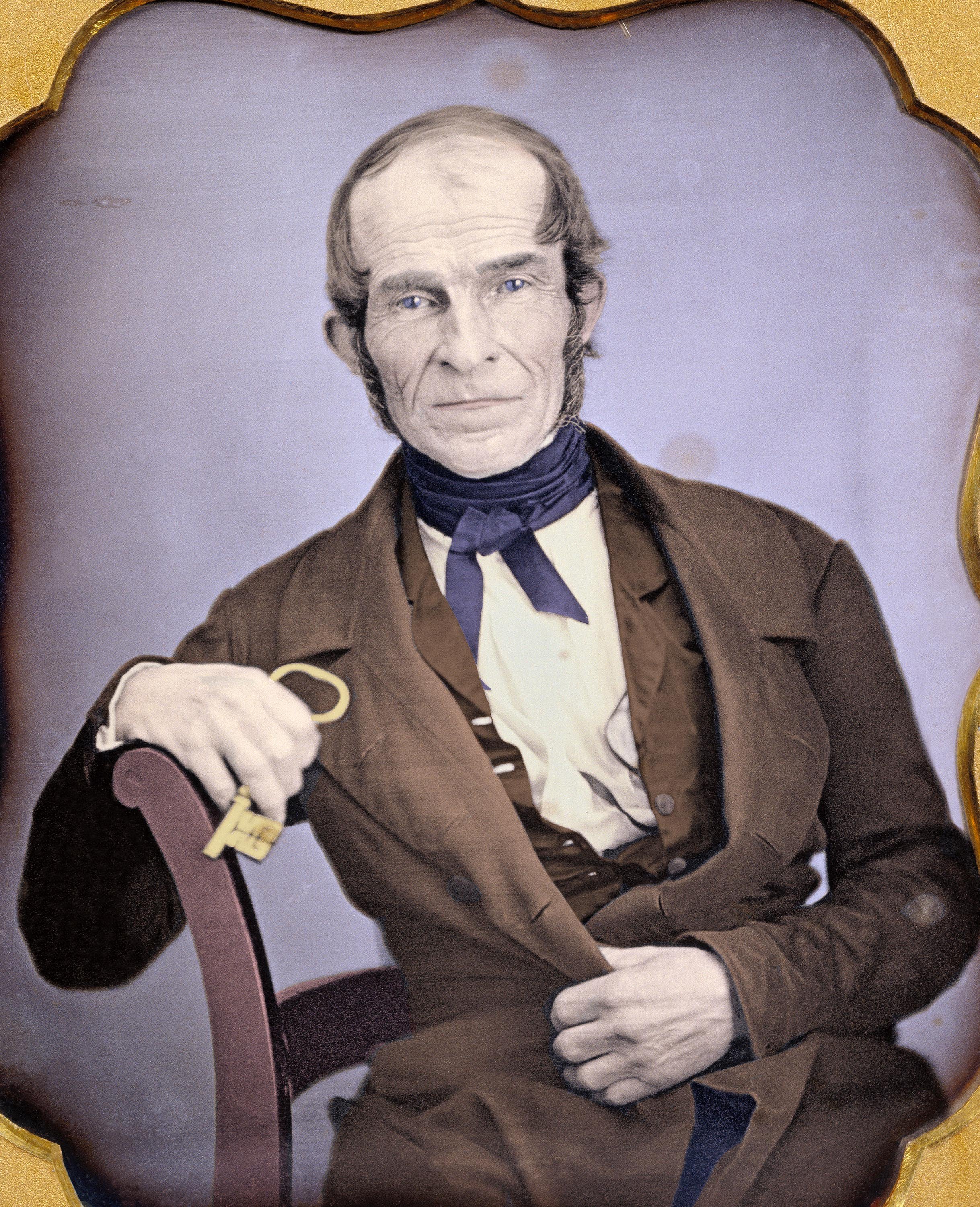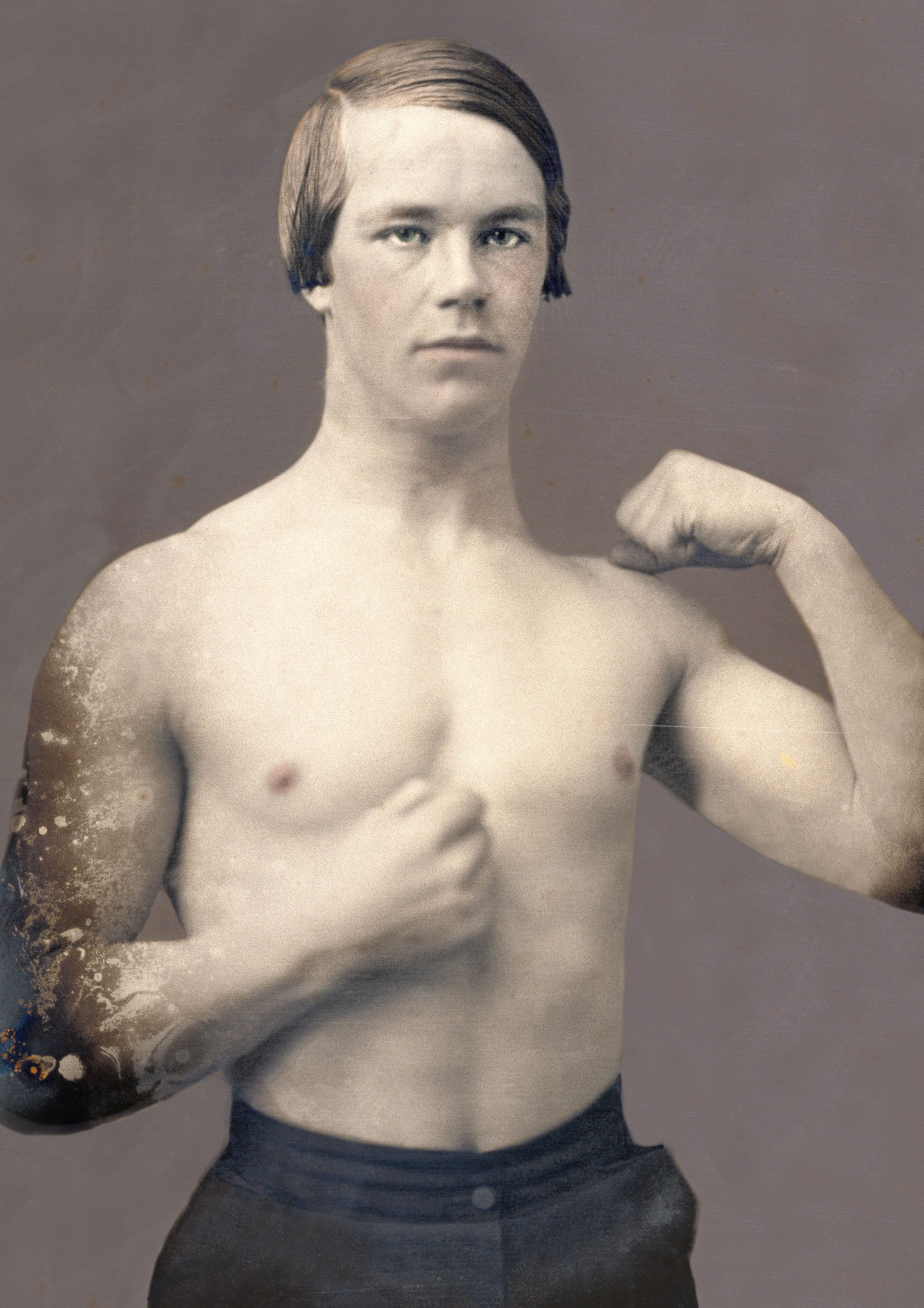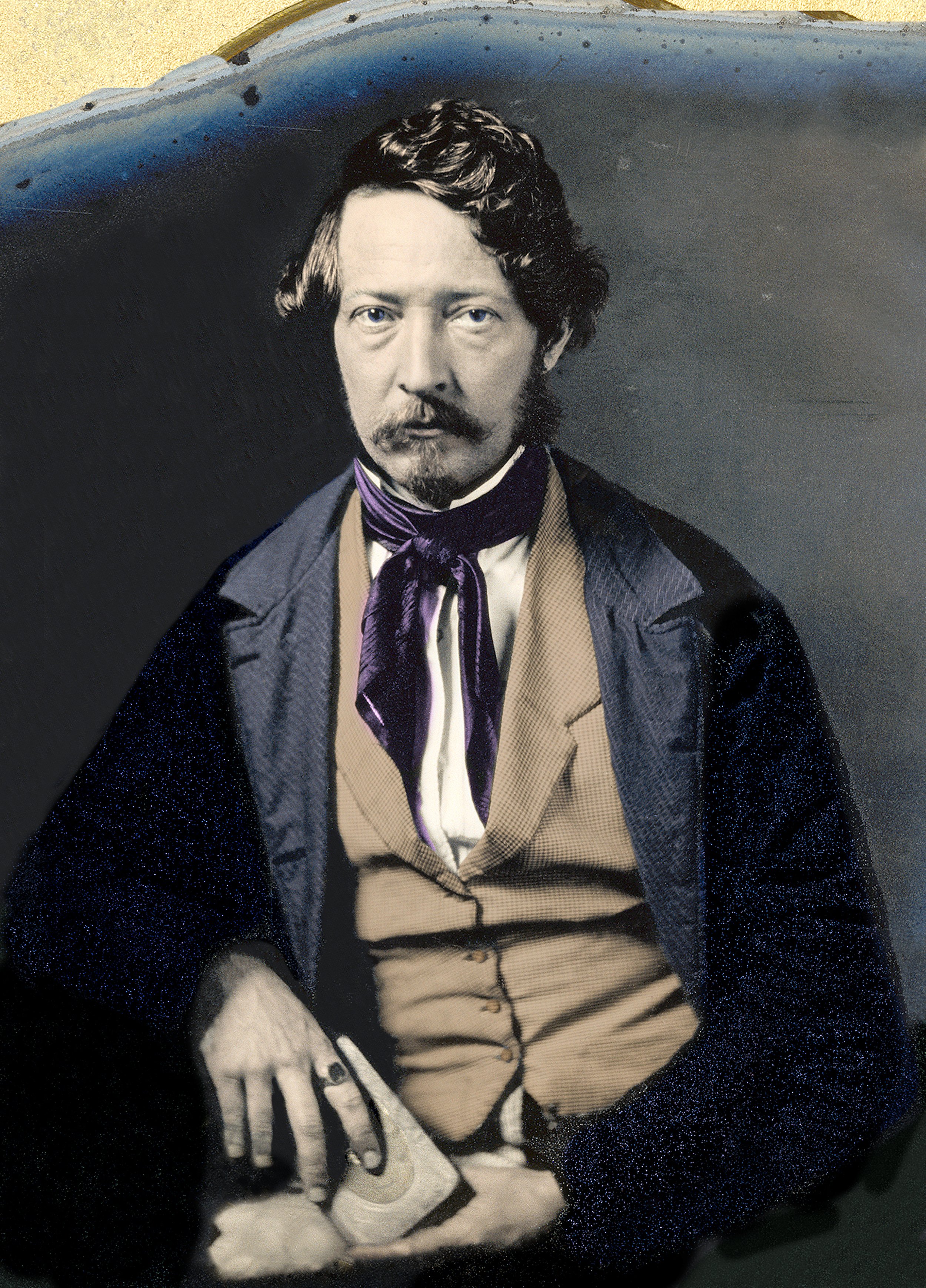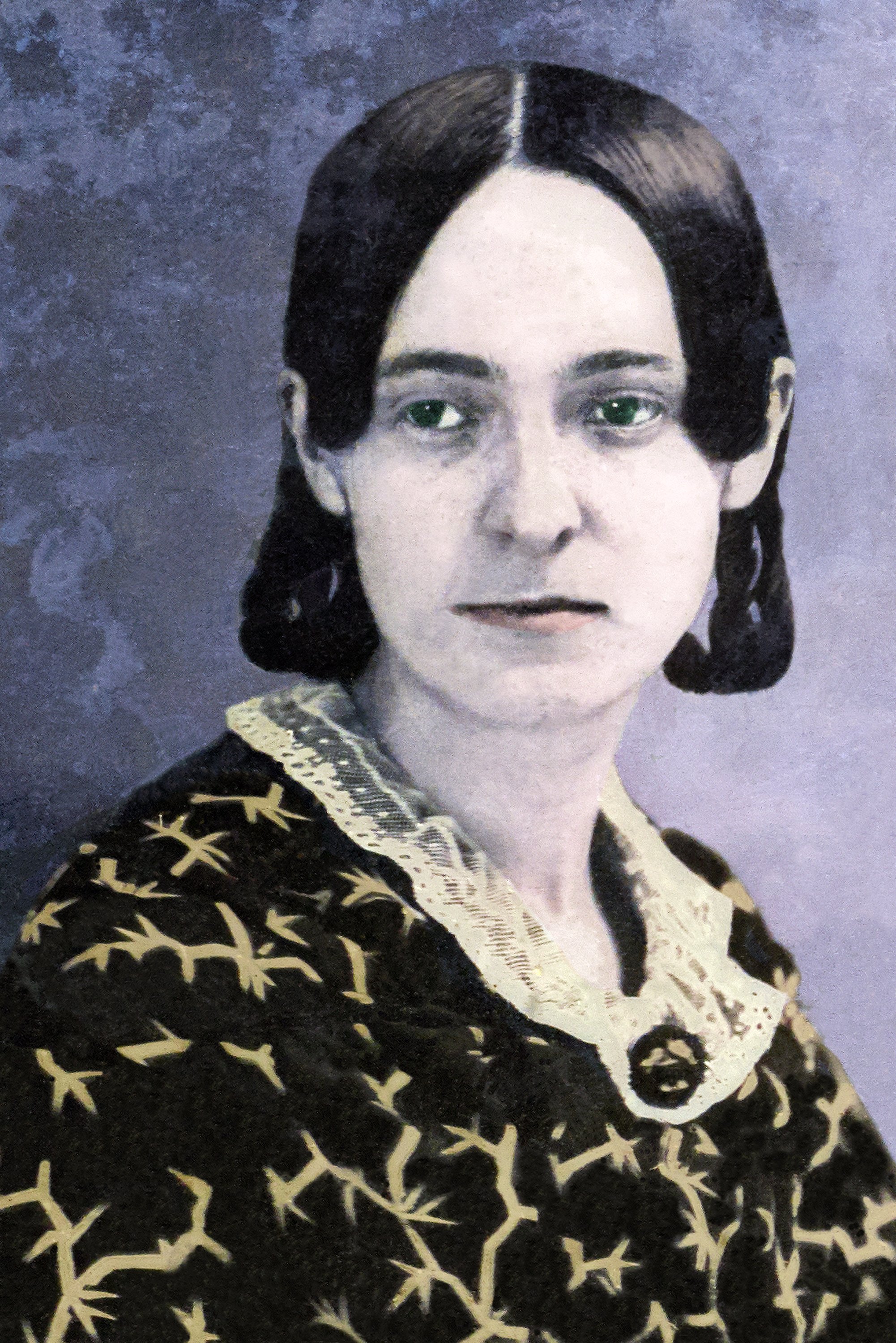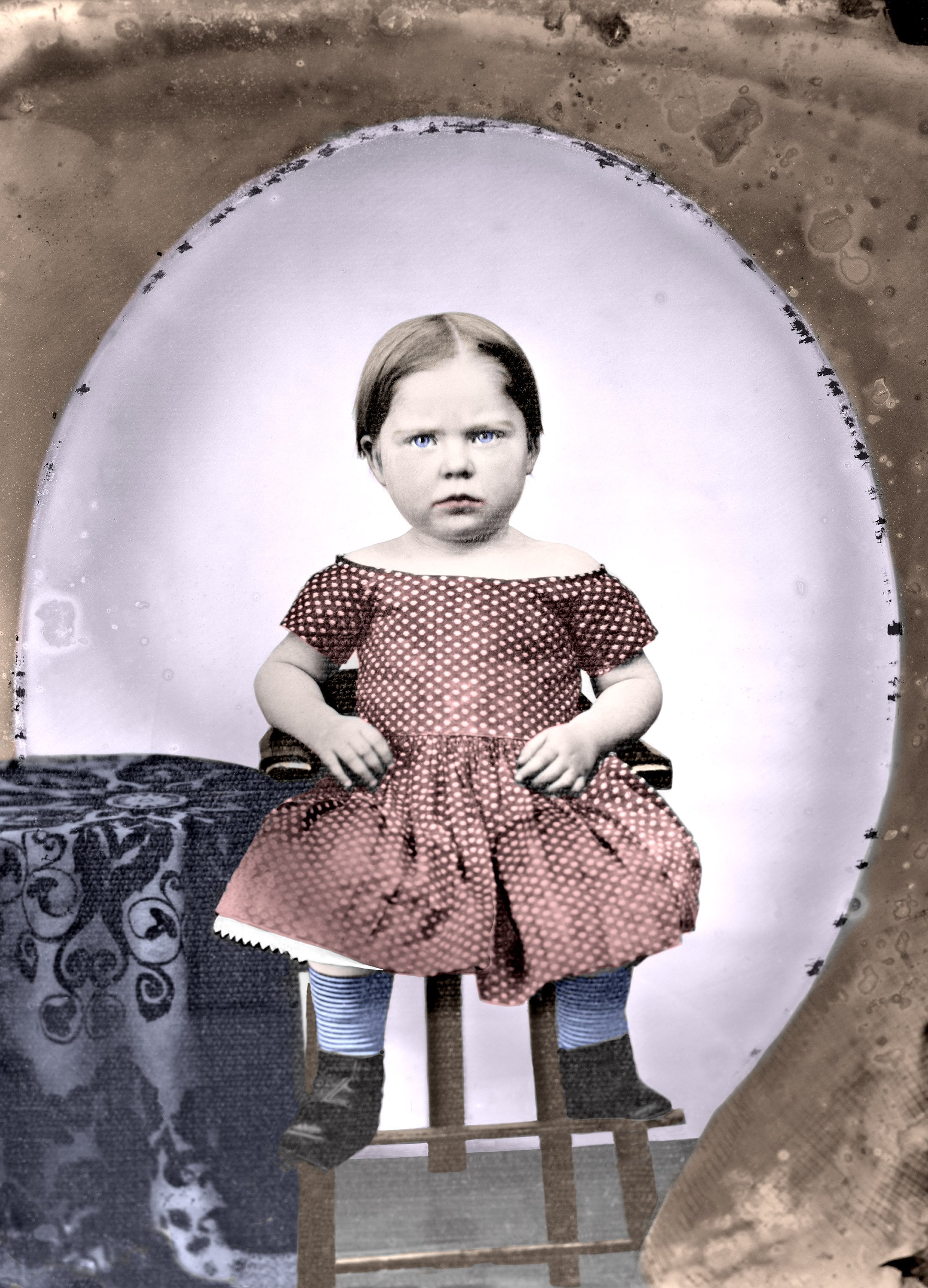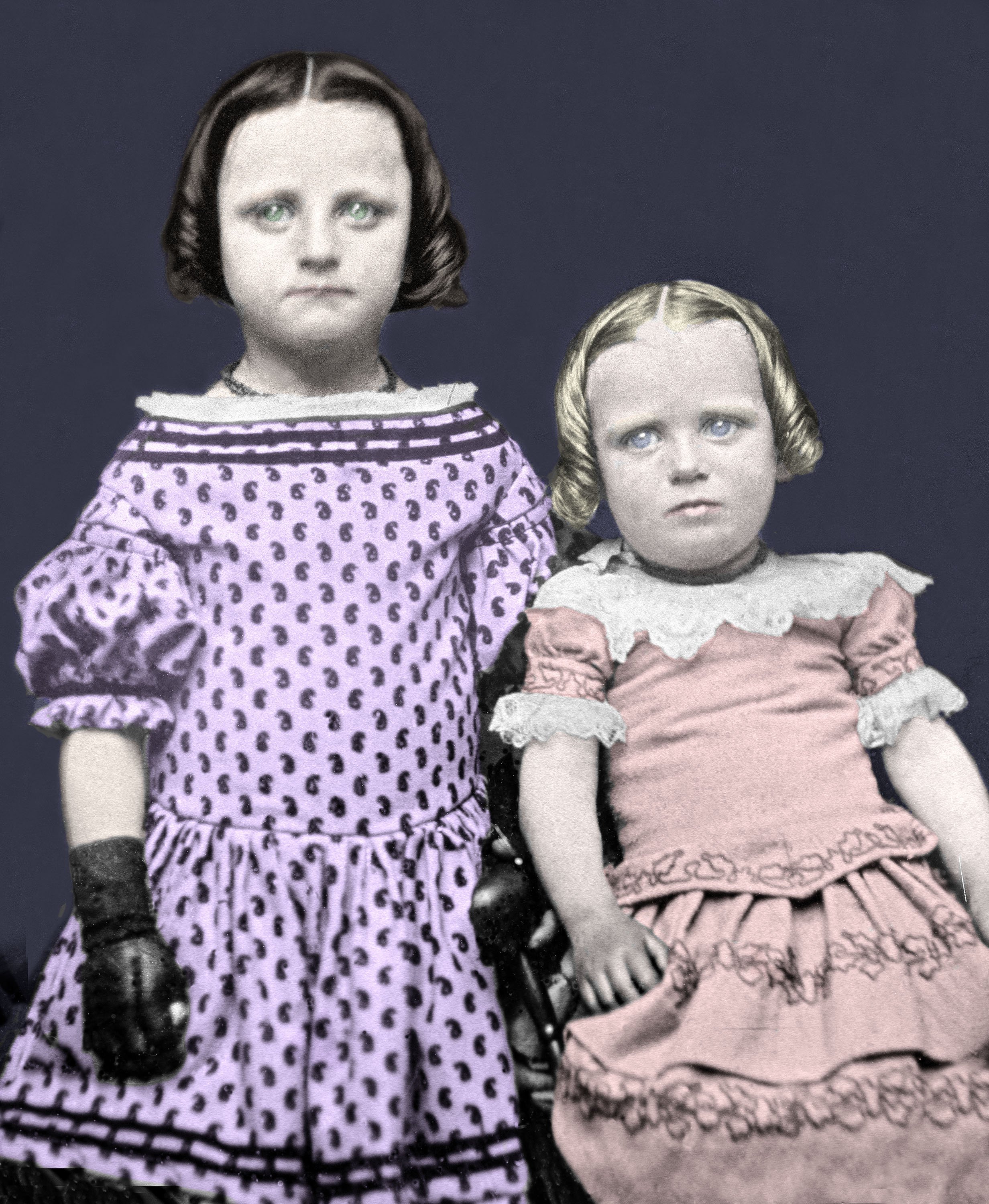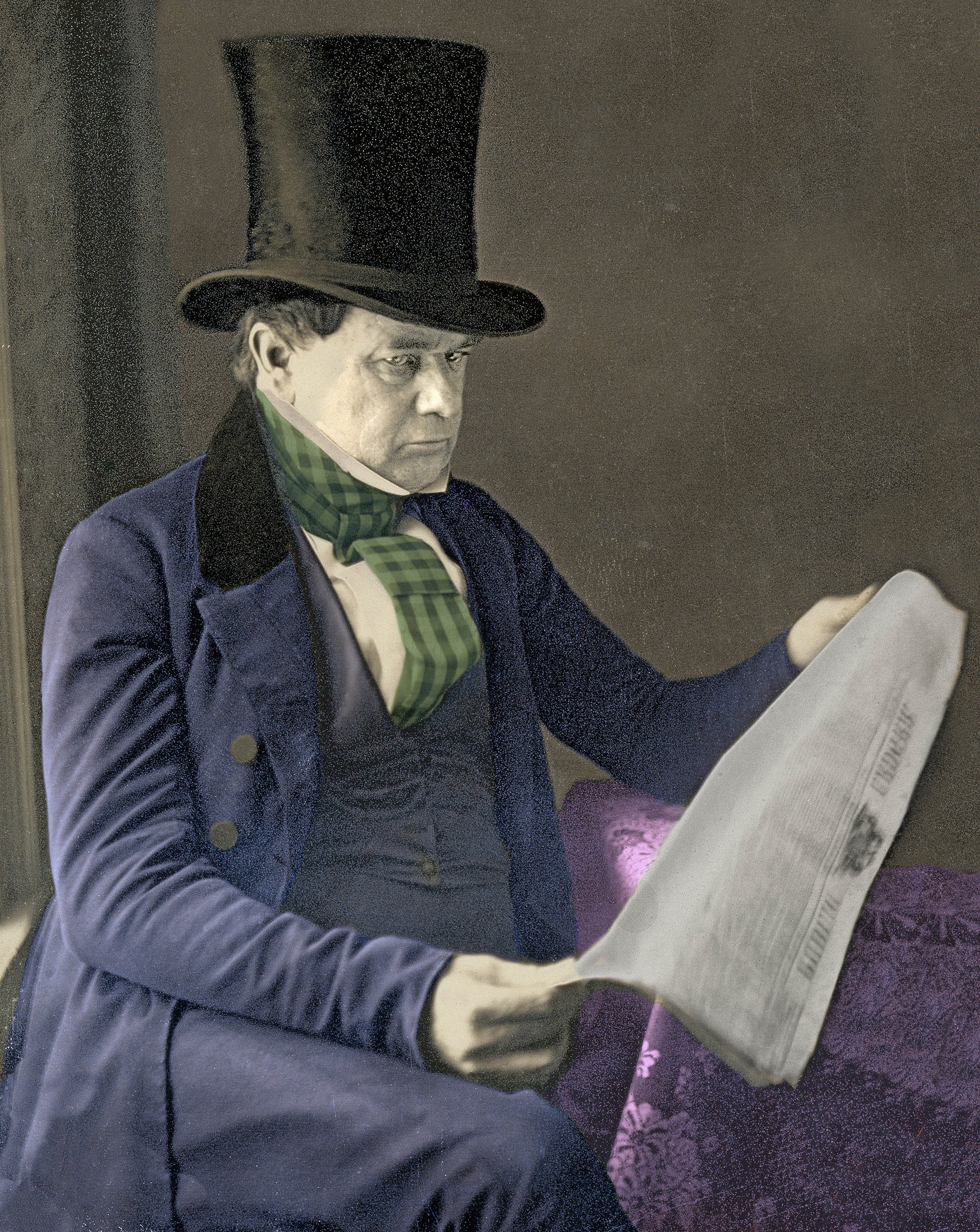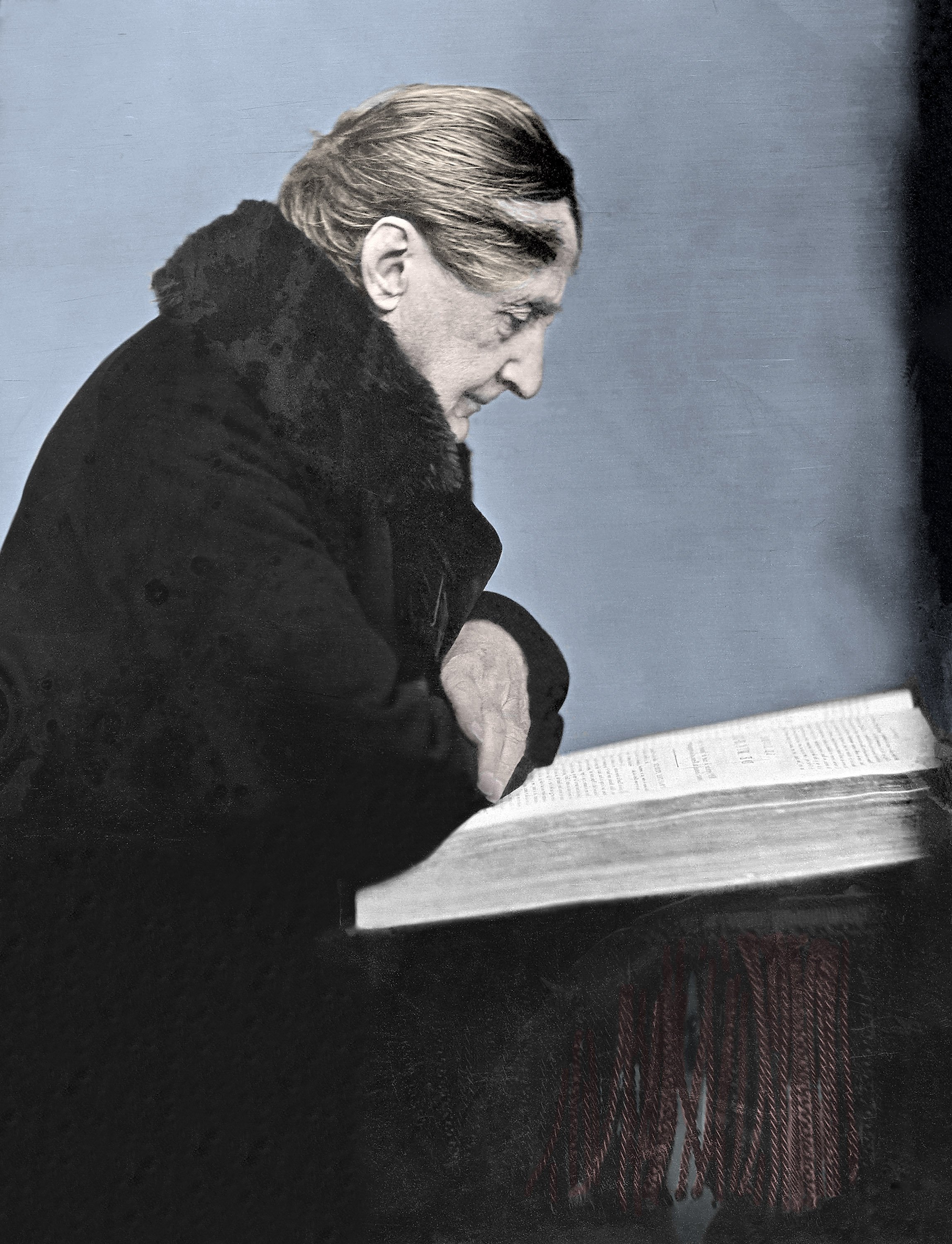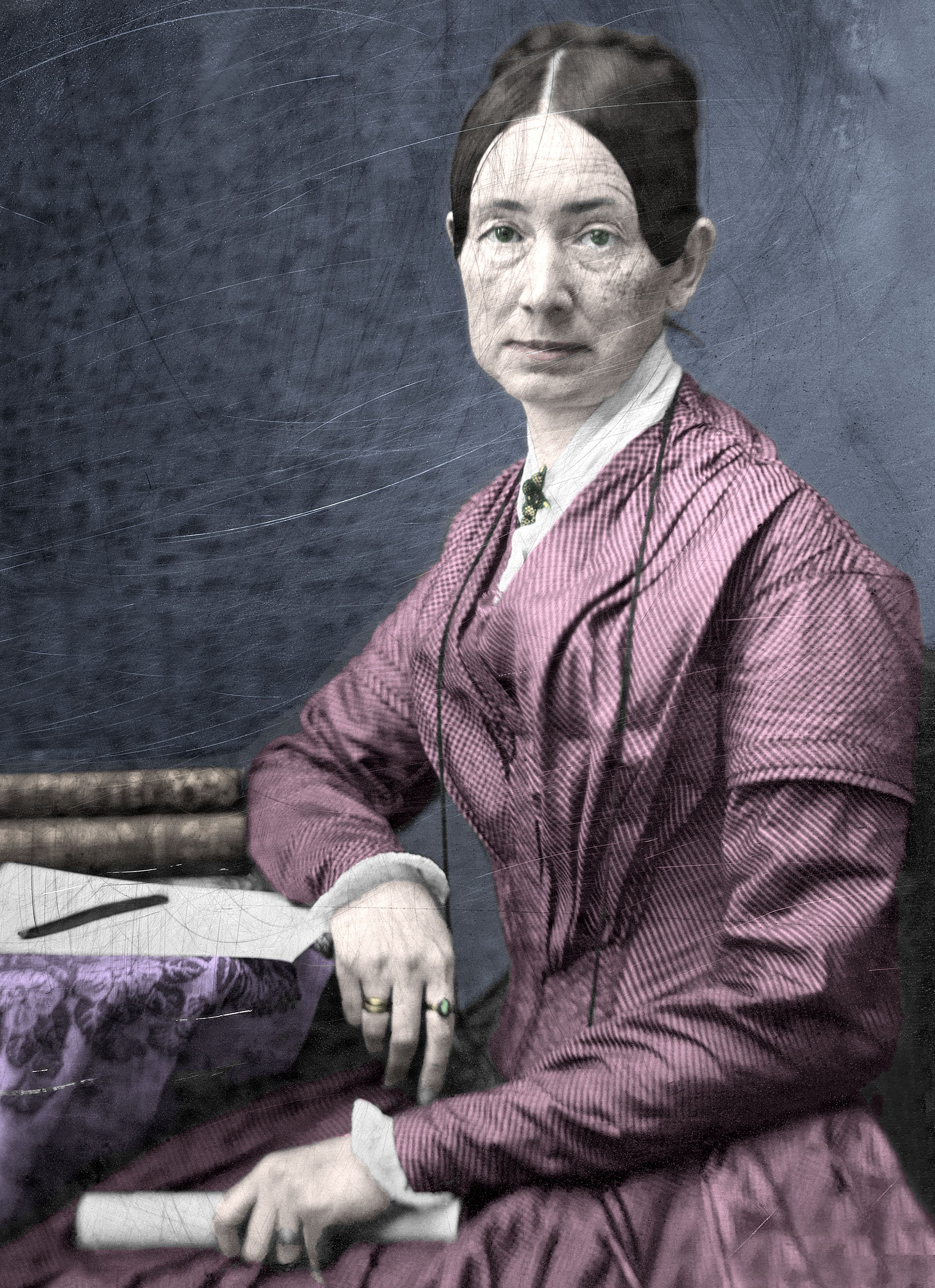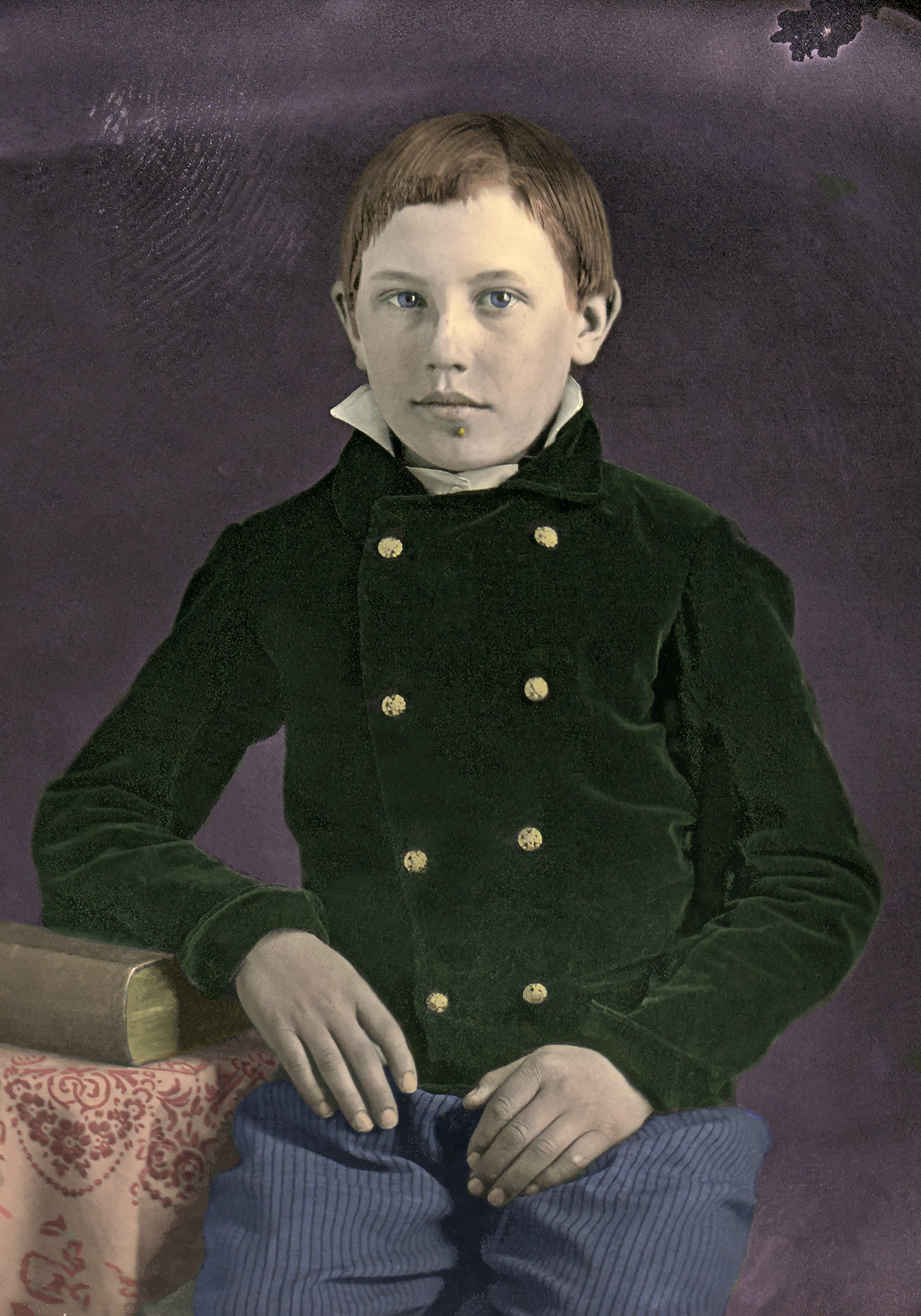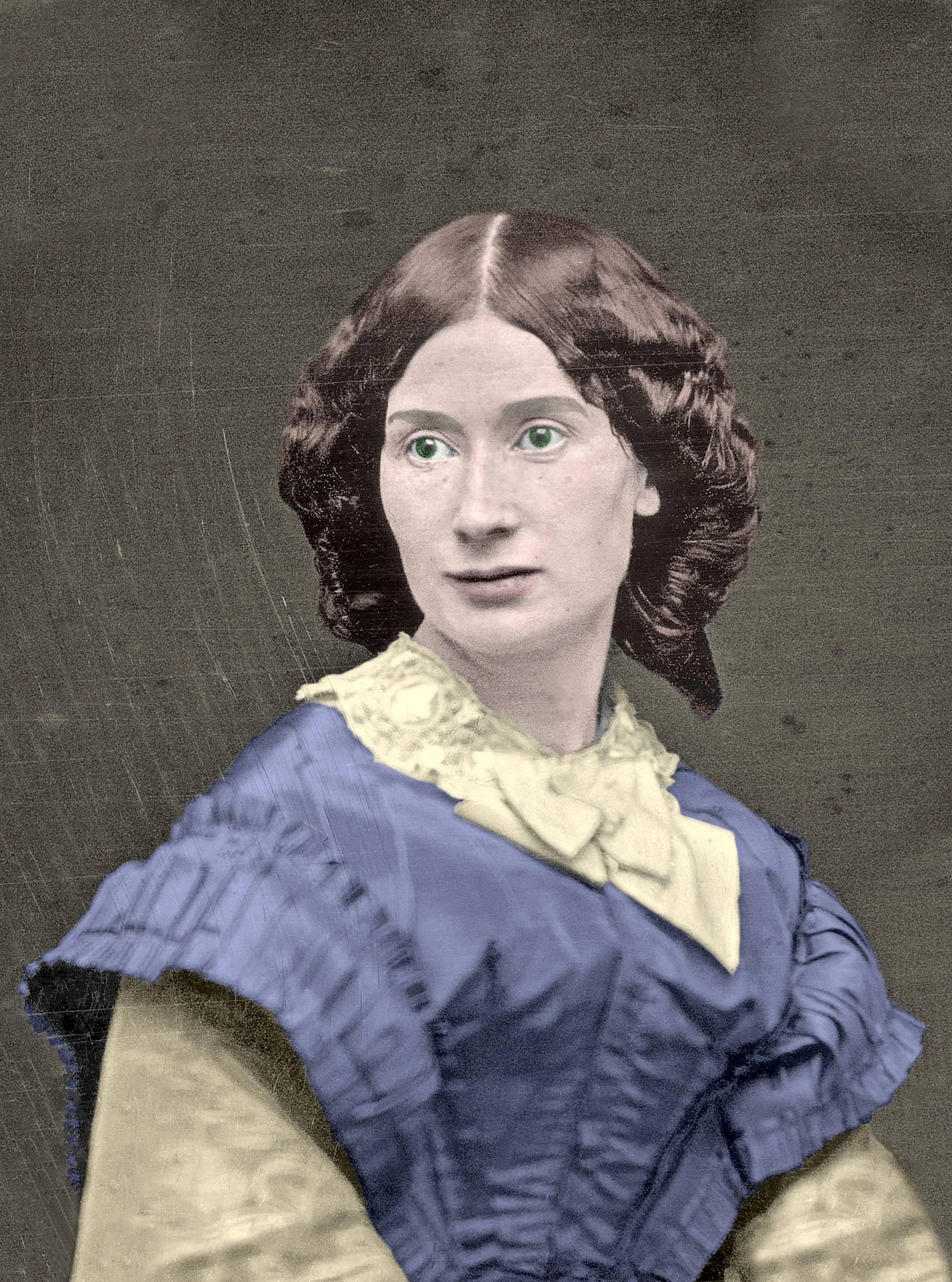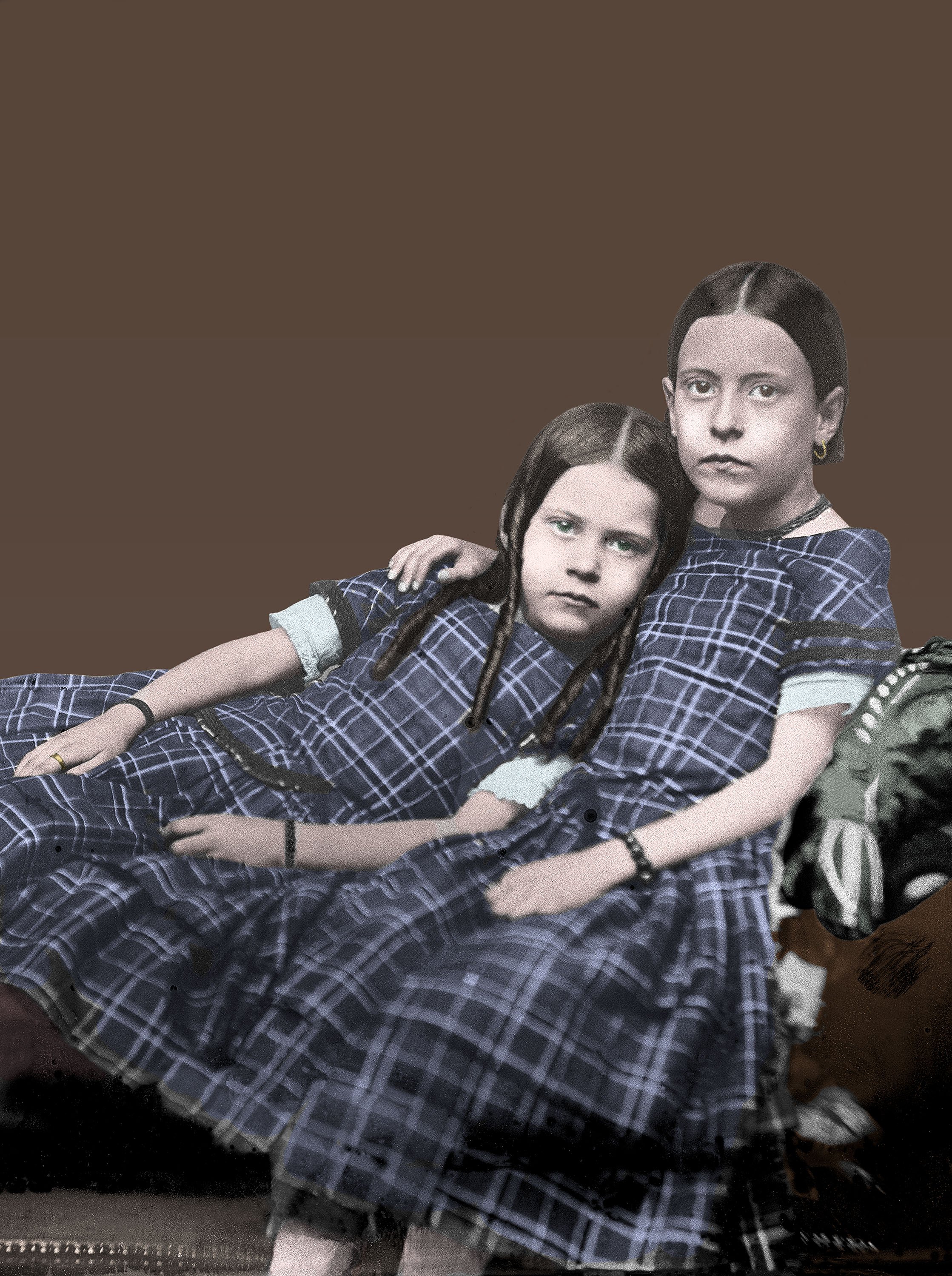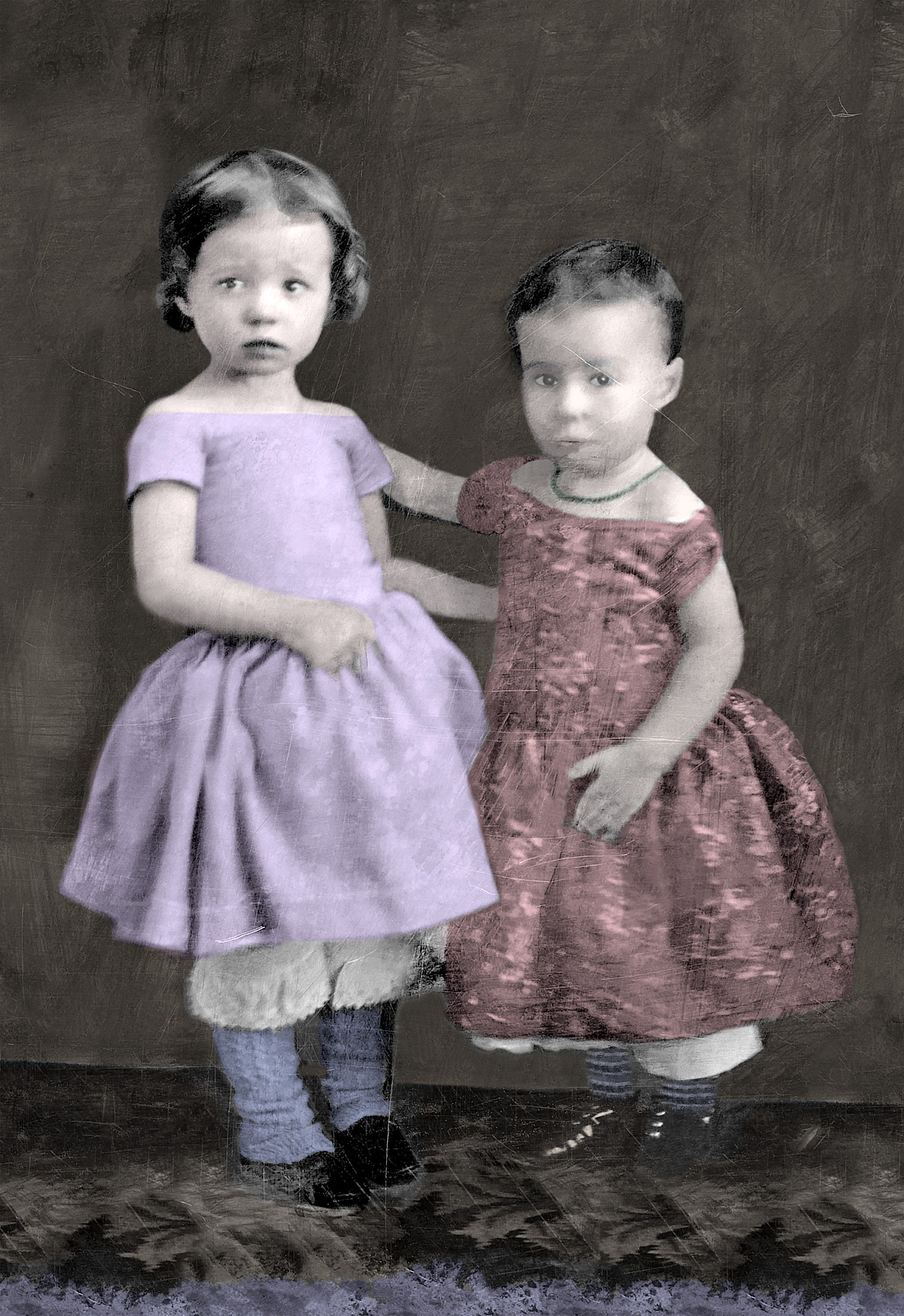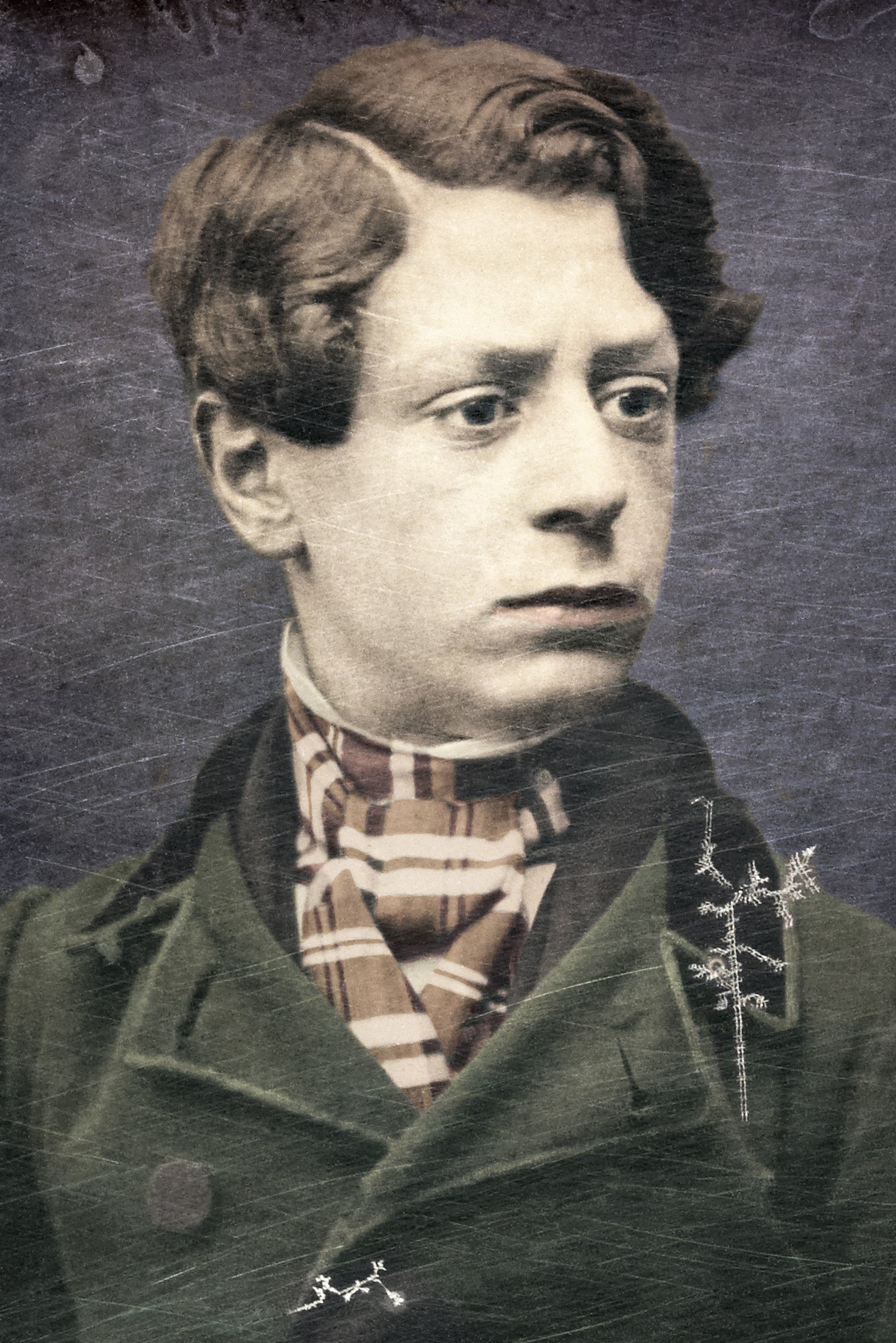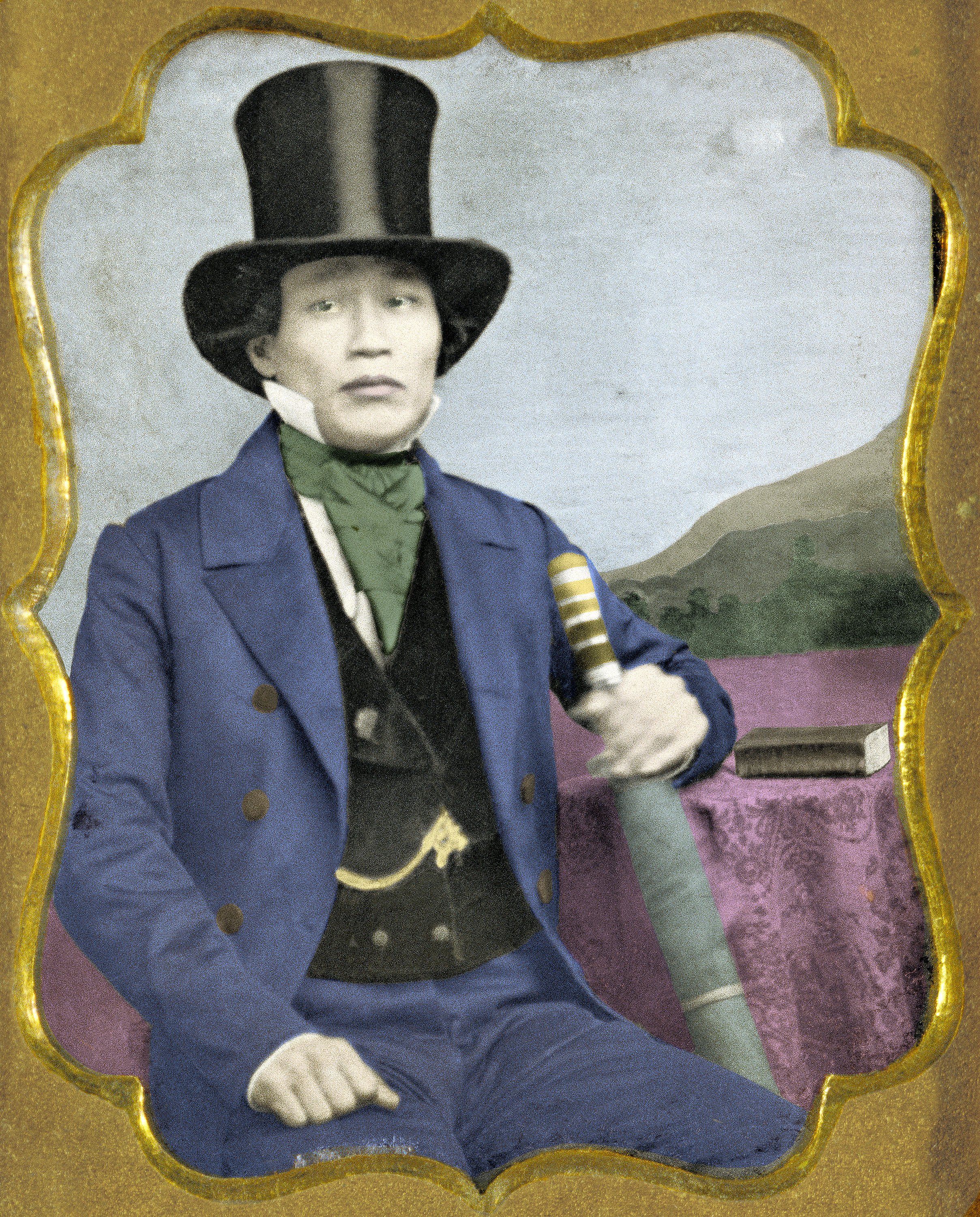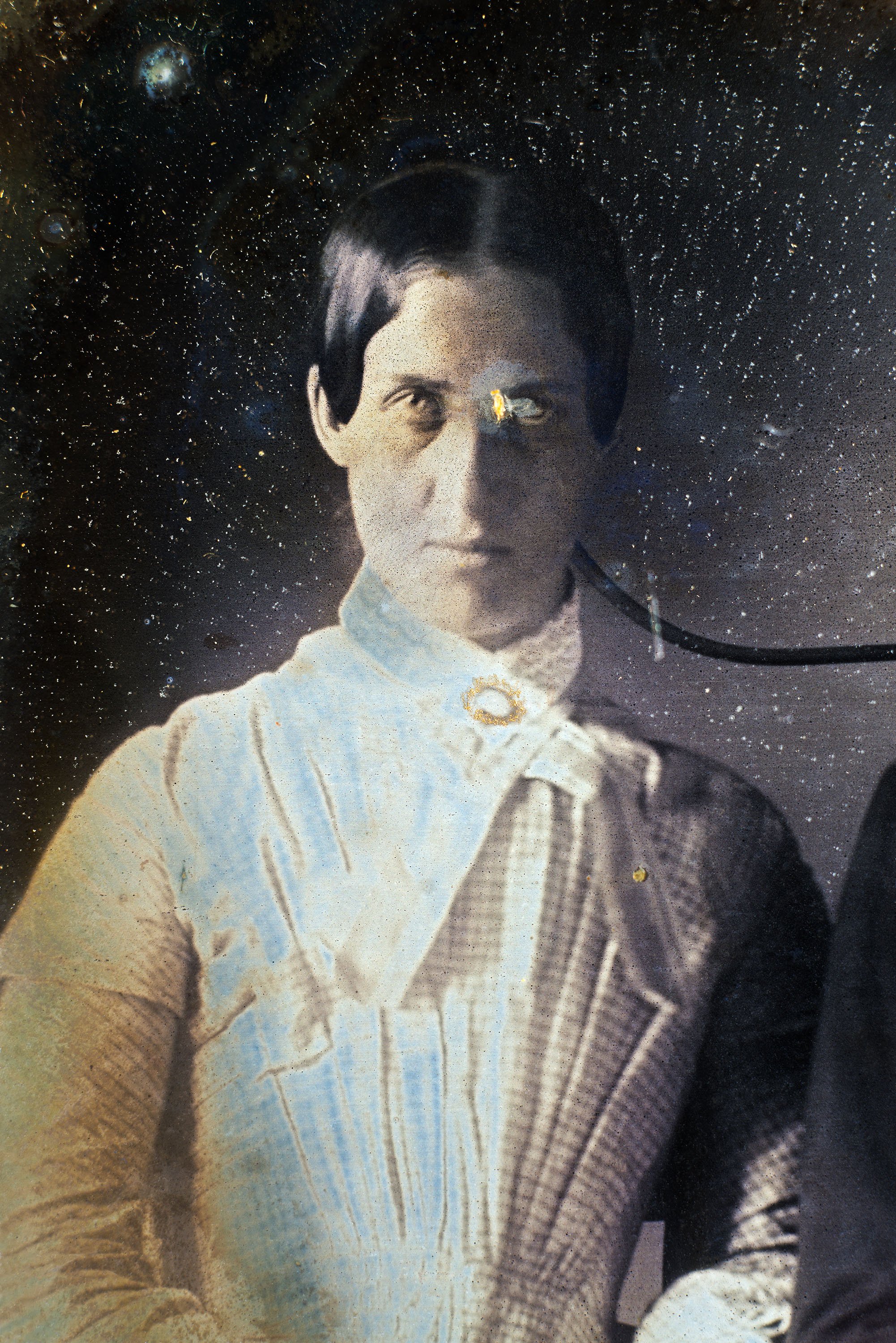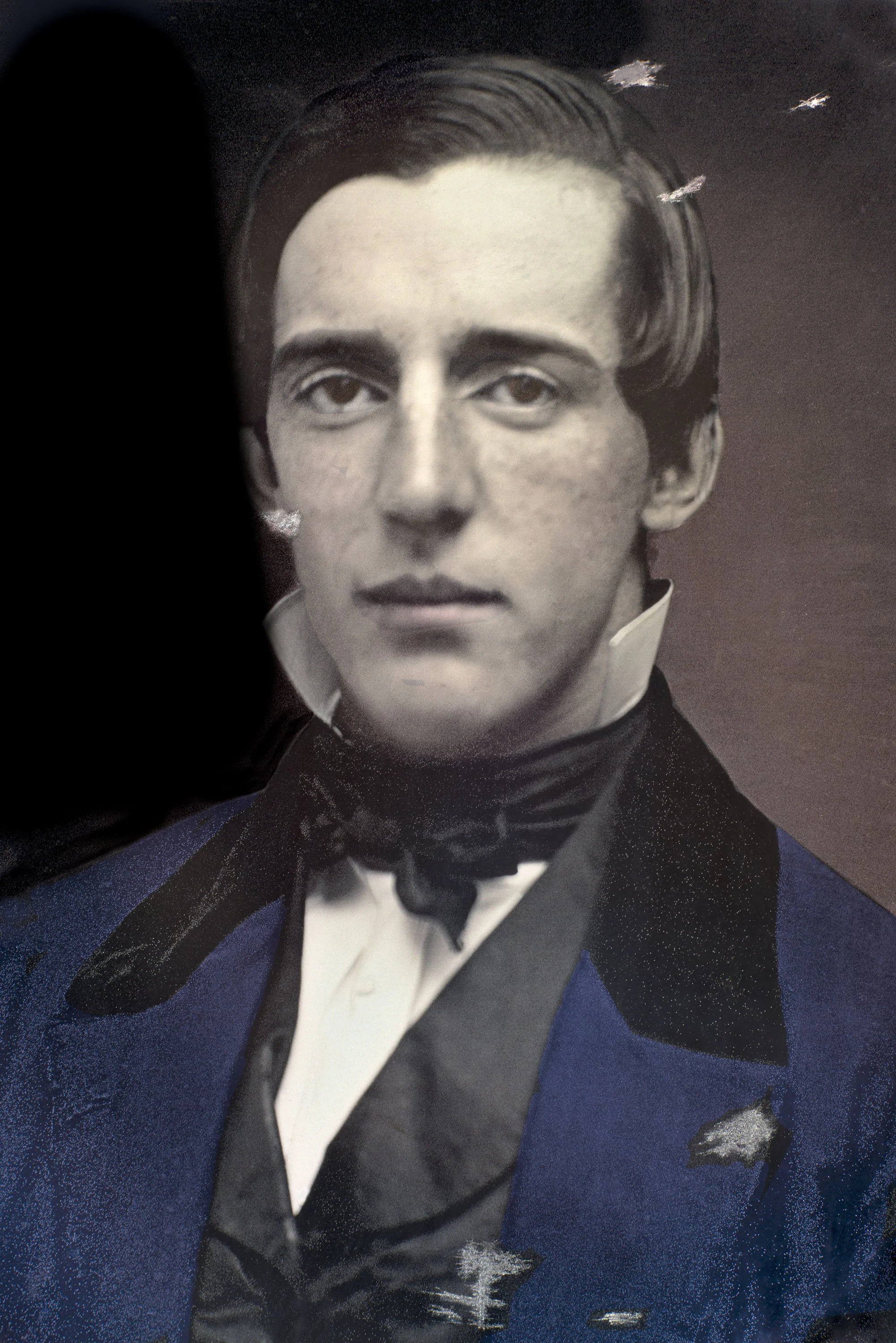TIME STAMPS
When encountering Daguerreotypes in the 21st century, your attention is drawn to three phenomena: first, the small size and delicacy of the original objects; second, the surprising level of detail, subtlety and intimacy that has remained embedded in the images over nearly two centuries; and third, their fragility and the tangible changes wrought by time on the objects themselves.
Daguerreotype portraits were possible only once technical advances allowed for exposures that were less than a minute in duration. They required concentration and stillness from fully invested subjects---a truly collaborative endeavor. When successful, they yielded indelible, fixed presentations of self from the deep past of 180 years or so ago. They conveyed not fleeting instants or flashes of mood, but rather deep, considered offerings of self. The photographers who most fully mastered the portrait medium clearly thought of the process as collaborative, drawing out the essence of those who sat or stood, staring into the lens.
In this series of images, I’ve assiduously used digital cleaning to rehabilitate much of the deterioration of the objects, then reimagined the portraits by digitally introducing full color to the files, with the aim of conjuring and enhancing the seeming presence of each portrait subject.



